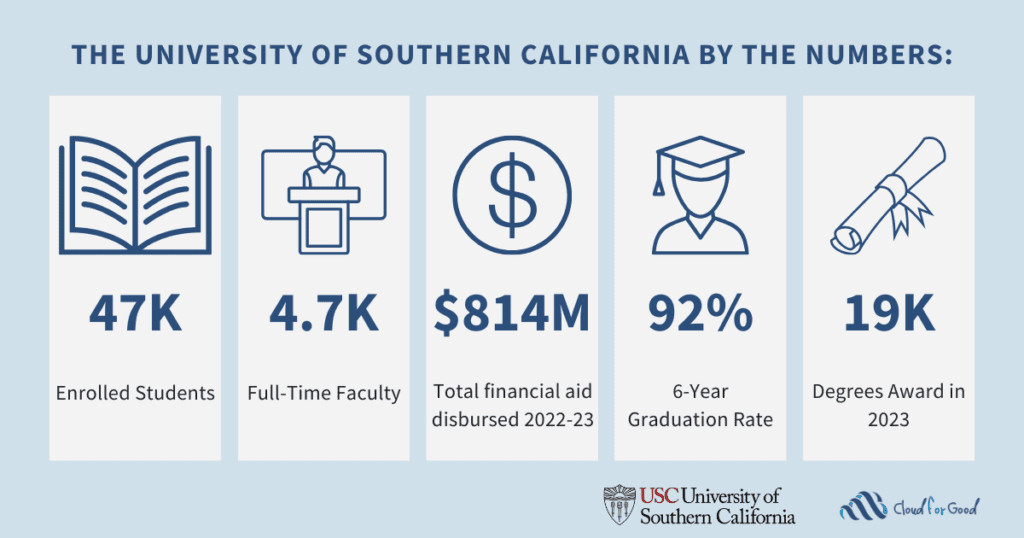The next era of customer experience has already begun—transforming the way businesses connect, serve, and grow with steady momentum. At the heart of this shift is agentic AI: intelligent, collaborative systems that work alongside people.
In a recent fireside chat with AI leaders from Salesforce, Accenture, and Google Cloud, one thing was clear: we’re at the beginning of a profound transformation. “What excites me the most about the future of AI is that the future has started already,” says Adam Evans, EVP and GM for Salesforce AI. “We are at the first rung of climbing this ladder that’s going to change everything about how we work.”
Read on to explore where this revolution is headed next.
The AI Revolution Is Just Beginning
Agentic AI is quietly transforming how businesses operate—taking on everything from troubleshooting and order handling to shipment tracking and contract negotiation. These autonomous, context-aware systems are streamlining operations and redefining how companies create value. And with natural language tools and intuitive interfaces, teams can now co-design workflows with subject matter experts, reducing what once took months to just days.
“The concept of alignment becomes even more critical with agentic AI. For us to be comfortable with agents performing tasks on our behalf, they must be fundamentally aligned with our goals and work as a harmonious extension of how we function” says Dr. Ali Arsanjani, Director of Applied AI Engineering at Google Cloud. “This deep alignment is what builds the trust we need to know an agent will be helpful and safe, not a hindrance.”
Redefining CX with AI Powerhouses
Join AI visionaries from Salesforce, Google Cloud, and Accenture as they explore how to lead in the agentic era. This webinar unpacks emerging trends, powerful new accelerators, and practical strategies to transform customer experiences with AI.



Laying the Groundwork for Scalable AI
Creating a scalable AI experience requires more than front-end polish. It demands backend integration, thoughtful policy design, and real-time data access—especially across supply chains and fulfillment systems. Even the most capable AI agent is limited if it can’t see the full picture.
For AI agents to operate independently—and effectively—they need clear boundaries, strong data foundations, and well-defined policies. Guardrails, escalation paths, and human oversight aren’t just technical requirements—they’re essential for building trust and ensuring safety.
But autonomy doesn’t happen in isolation. One of the biggest challenges in enterprise AI adoption is integrating it naturally into existing workflows. Many organizations still rely on outdated systems or informal practices, which can make AI feel disruptive or even threatening. That’s why successful implementation must include thoughtful change management, grounded in how work actually gets done—and a commitment to engaging employees every step of the way.
“The biggest challenge is assimilating AI into the business process,” says Dr. Ali Arsanjani. “And it’s more of a human challenge, a change management challenge, than a technology challenge. It’s how we assimilate technology in a way that is less disruptive or non disruptive.”
Connecting the Dots with Agent Interoperability
AI is ushering in a new era of ecosystem collaboration—reminiscent of the early days of internet consortiums. At the heart of this movement is the agent-to-agent (A2A) interoperability protocol, developed with contributions from Google, Salesforce, and others. This standard enables AI systems to communicate across company lines, unlocking seamless coordination between businesses. For example, this means that a Marketing Cloud agent can communicate with a Google Cloud agent to automatically synchronize customer insights with real-time ad targeting, creating a unified customer experience across platforms.
“The collaboration that I’m seeing across the ecosystem right now is really exciting,” says Louise Barrere, Senior Managing Director, Center for Advanced AI, Accenture. “Look at the participation from across ecosystems, from across industries, from across so many different types of businesses that are coming in and wanting to participate in that discussion.”
With Accenture providing industry expertise and reusable assets, and Salesforce offering low-code tools to make the technology accessible, the ecosystem is accelerating. A2A isn’t just about faster processes. It’s about agent interoperability at scale. Agents can now autonomously initiate quotes, negotiate terms, or coordinate logistics, creating a shared nervous system across the enterprise landscape. The result: smarter, more adaptive organizations that can respond to change with speed and precision.
AI-Powered, Partner-Driven
Salesforce, Google Cloud, and Accenture are partnering to deliver next-gen customer experiences and productivity through Agentforce and Gemini. Together, they’re unlocking scalable, industry-specific AI solutions powered by deep integration.



Customization as a Competitive Advantage
While agents can be built from templates, true advantage comes from customization. Organizations can use natural language prompts, requirement documents, and workflow images to shape agent behavior, eliminating long timelines, big budgets, and heavy developer reliance.
With natural language and no-code tools, business users now lead customization. Since companies differentiate through unique policies, brand voice, and philosophies, agents must reflect these nuances and your values.
Multi-Modality: From Text to Context
In addition to text, AI agents now process voice, images, video, and sensor data, enabling deeper understanding of customer intent and more personalized assistance.
Imagine uploading a photo of a defective product instead of describing it, or receiving help via a short video instead of a text wall. These agents also build memory across interactions, adapting suggestions based on past behaviors—making digital interactions feel more like natural conversations.
AI as an Advantage in Uncertain Times
In today’s unpredictable economy, AI offers businesses a strategic edge through greater agility and adaptability. Agentic AI enables real-time simulation and scenario planning, helping companies navigate disruptions like supply chain issues or shifting policies by modeling trade-offs and testing strategies safely.
“I actually think this can be a great opportunity for how we use agents in scenario planning,” says Louise Barrere, Senior Managing Director, Center for Advanced AI, Accenture. “You could build agents with personas representing different businesses, supply chain segments, or policy environments—and run an entire agent-led scenario planning exercise.”
Box, for example, uses Tableau, Next Gen Analytics, and Agentforce not just for visualization, but to simulate outcomes and make proactive decisions across their 120,000+ customer base—blending data with agent-driven insights for faster, smarter action.
From Micro-Trends to Macro Impact
Agentic AI can spot subtle patterns in behavior or service interactions that humans often miss. Tools like Salesforce’s Interaction Explorer help agents analyze these patterns and flag issues, such as recurring customer frustrations or ineffective policy responses.
This shifts AI from a back-office tool to a strategic advisor that not only identifies risks and opportunities in real time but also suggests improvements. Combined with agent-to-agent coordination, AI can even trigger automatic cross-functional enhancements.
The Time to Build is Now
Now’s the time to build and integrate AI agents into your business—and you don’t need to be an engineer to start. With tools like Agentforce, subject matter experts across industries can lead the next wave of innovation.
Together with Accenture, Google, and Salesforce, we’re helping organizations move faster, think bigger, and build smarter. By combining Salesforce’s CRM power, Google Cloud’s Gemini models, and Accenture’s industry expertise, businesses can deliver transformative AI experiences—from multilingual support to predictive issue resolution and intelligent automation.
Resources: Accenture Partner Page
Google Partner Page







